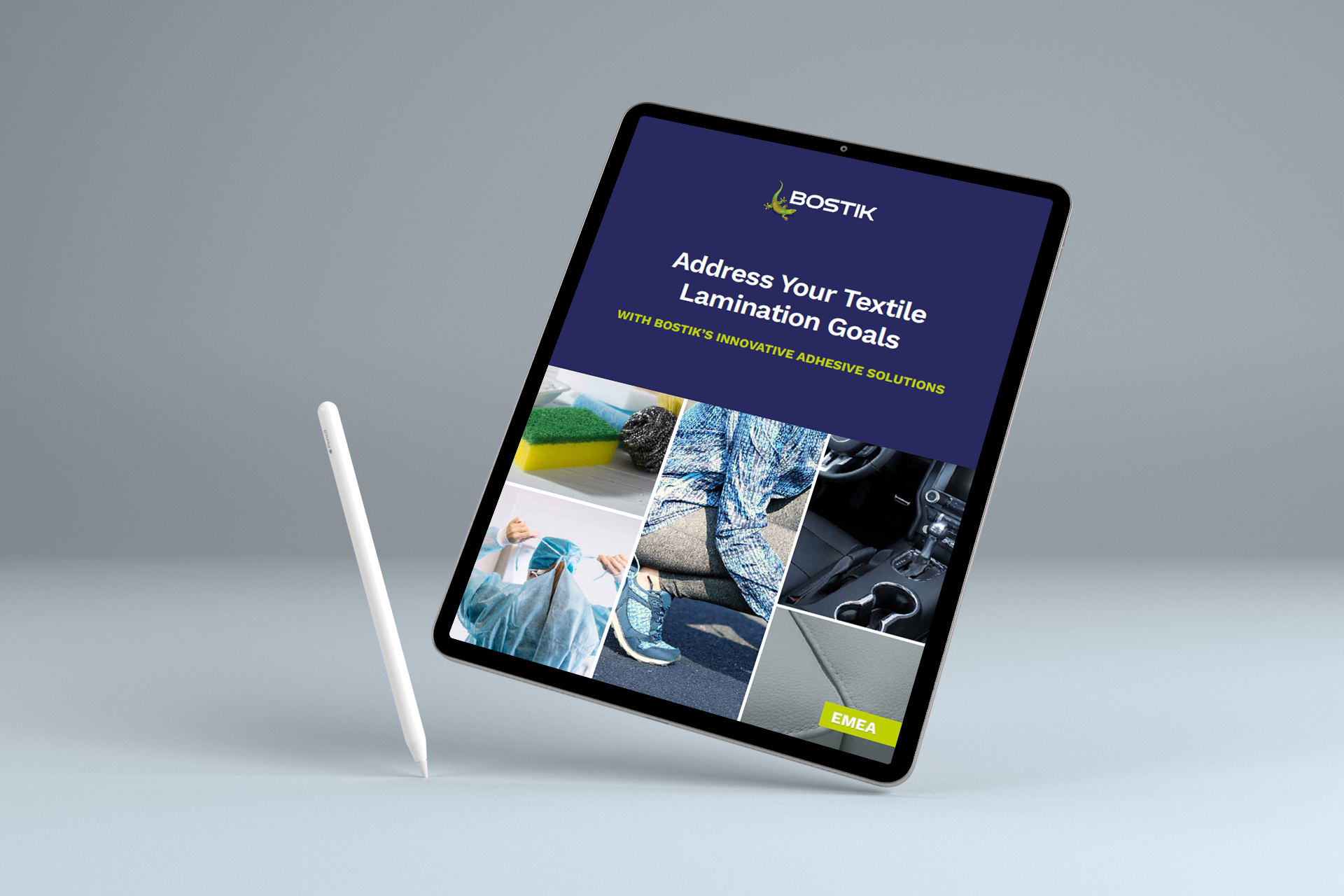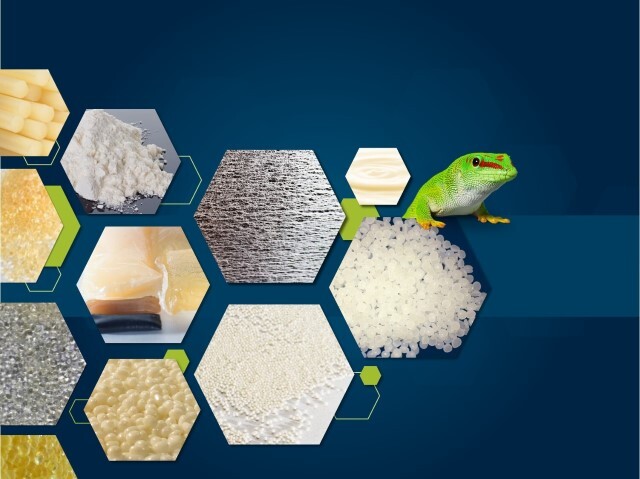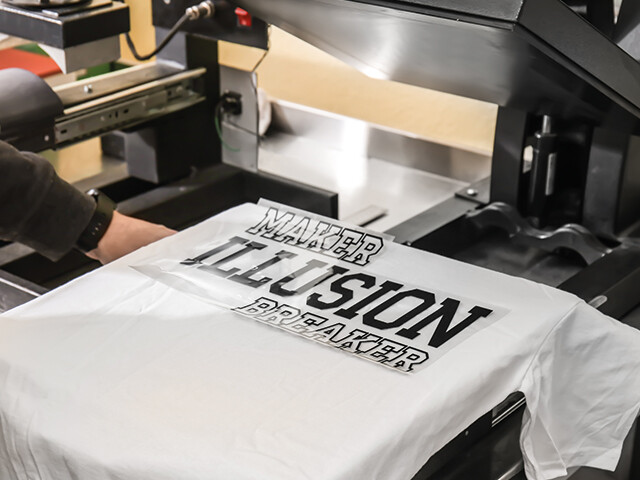Breathable Membrane
Films
Improved performance with a range of membranes tailored for specific applications
Fortunately, the right breathable membrane films can address these challenges. Our monolithic membranes based on polyurethane, polyester and Pebax® films provide:
- Increased durability under harsh environmental conditions with wind and waterproof properties and high and low temperature and washing resistance
- Heightened end user comfort due to noise-free, flexible and soft touch qualities
- Improved overall sustainability through compatibility with nylon and PET materials recycling stream
- Enhanced end-user safety with OEKO-TEX® ECOPASSPORT certification and no CMR labelling
Learn how Arkema High Performance Polymer has developed Pebax® Rnew® partially bio-based material that combine sustainability and high-performance for membranes in the sports and textile industry.
Frequently Asked Questions about Breathable Membrane
How does waterproof and breathable membrane work in fabrics?
Waterproof and breathable membranes are widely used in the fabrics industry field.
Waterproof and breathable membranes are water-resistant but also permeable to moisture. Breathable films have barrier properties that enable the passage of water vapor while blocking the path of water itself. It should keep you comfortable just below the fabric layer while enabling internal water vapor to escape.
How does waterproof and breathable membrane work in fabrics?
The process is as follows:
- Drop the reactive hot melt onto the textile with an engraved cylinder or spray (6-12 gsm).
- Laminate the membrane on the textile
- Press before cooling.
Membranes may be laminated to 2 textiles (tri-laminate) or only on one side of the textile( bi-laminate)
Bostik recommende technology HMPUR :
- Supergrip 90 LE
- Supergrip 9224
What is the difference between microporous film and monolithic film?
Membranes are thin films made from polymers. Membranes are classified into two types: microporous membranes and monolithic membranes.
The main principle behind microporous membranes is that water drops cannot get through since the pores are smaller than raindrops, but perspiration maybe because the pores are more prominent than vapor molecules.
Unlike perforated or microporous films, they do not rely on vapor transfer through holes or voids. The material itself has the property of moving water molecules through the membrane following the gradient concentration of relative humidity.
Bostik provides monolithic membranes based on polyurethane, polyester, and Pebax® films, hydrophilic or hydrophobic upon your needs.







.jpg)
